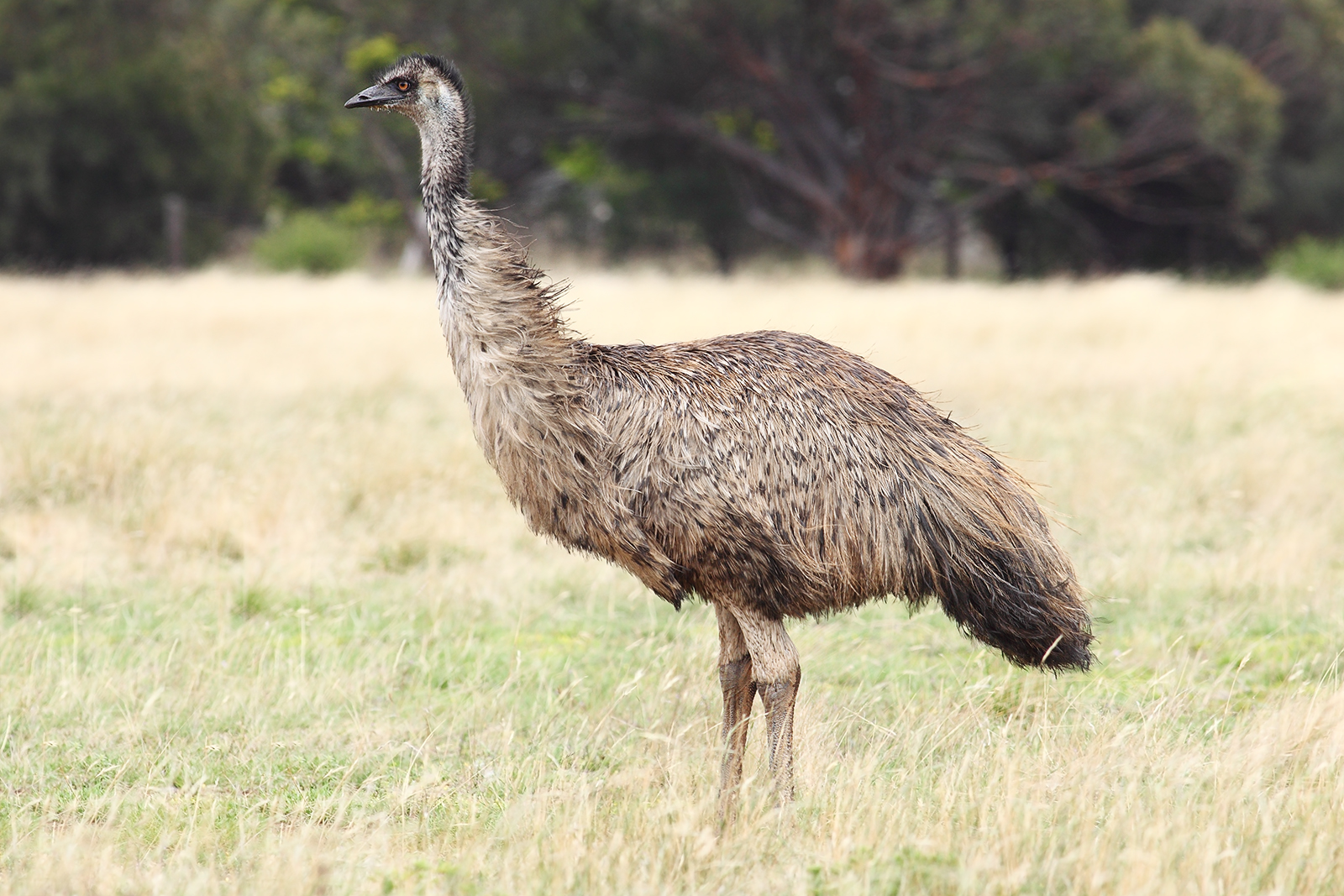Dear Iouae,
Excellent we are getting somewhere

What I can say, is that in the video obviously the protocell was made out of the same membrane and RNA as modern cells use, those components have been shown to synthesize under the right conditions all by themselves. However, this is the topic of abiogenesis - outside of my scope.
The membrane was similar but very different to the real cell membrane in a cell which is a phospholipid membrane and requires energy to pass substances selectively through it. The video membrane required no energy. Likewise their "RNA". It was like a show-and-tell volcano where Timmy pours vinegar onto bicarb to demonstrate a "volcano". I enjoyed the video, and thought it was right on the point we are discussing, but not at all convincing to me, because it impersonates reality.
This is also a common objection by creationists.
short answer: they cannot - conditions have changed
long answer: we don't actually know yet, because we need much more info on the exact conditions in order to rule out any possibility for these prototype organisms to exist still, they would have to be completely isolated, since otherwise they cannot compete with more advanced organisms.
That is a possibility since most Cambrian organisms do not exist today.
There are however fossils of cyanobacteria from the Precambrian.
"It may seem surprising that bacteria can leave fossils at all. However, one particular group of bacteria, the cyanobacteria or "blue-green algae," have left a fossil record that extends far back into the Precambrian - the oldest cyanobacteria-like fossils known are nearly 3.5 billion years old, among the oldest fossils currently known. Cyanobacteria are larger than most bacteria, and may secrete a thick cell wall. More importantly, cyanobacteria may form large layered structures, called stromatolites ..."
http://www.ucmp.berkeley.edu/bacteria/bacteriafr.html
If you've never heard about this before, chances are you aren't poluting you mind on AiG or conservapedia. Good for you :banana:
I went to AiG for the first time a few days ago. I cannot remember if it was from a link from TO or if I was Googling something. I remember looking at their explanation for "old light" or distant starlight, and not being impressed.
Exactly, this is the topic I'd like you to tell me what you need to see evidence for. Let's continue from here.
Are we going to focus on how life diversifies then?
We are leaving behind origins and "irreducible complexity"?
Are you suggesting we focus on genetics?
I am open to suggestions.
A few posts back folks were using some model for information loss.
My feeling was that discussion would go nowhere for the same reason as your video - it is not based in reality.
If you wish to get into real genetics, with a real mutation discussion, I would be most interested.
One huge problem is that the sophistication of an organism seems to bear no resemblance to the size and complexity of its DNA. For instance Amoeba proteus has 100 times more DNA than humans, and nematode worms have huge amounts of DNA etc.
I feel like checking out cyanobacteria's DNA and their living relatives since these look like the longest survivors and should be able to tell us something about the distant past.
I will search the internet and see if there is some other line of research which might suggest itself as a possible profitable proof for genetic variation/evolution/diversification and the limits to it. And all suggestions on your part are welcome.
My brother in law recently wrote an anti-evolutionary booklet in which he mentioned the persistence of species from the past as a proof against evolution. I got the impression the argument went something like this... "if everything evolved from cyanobacteria, why are cyanobacteria still around, unchanged, today?". Have you heard this argument? Does it have a name?

